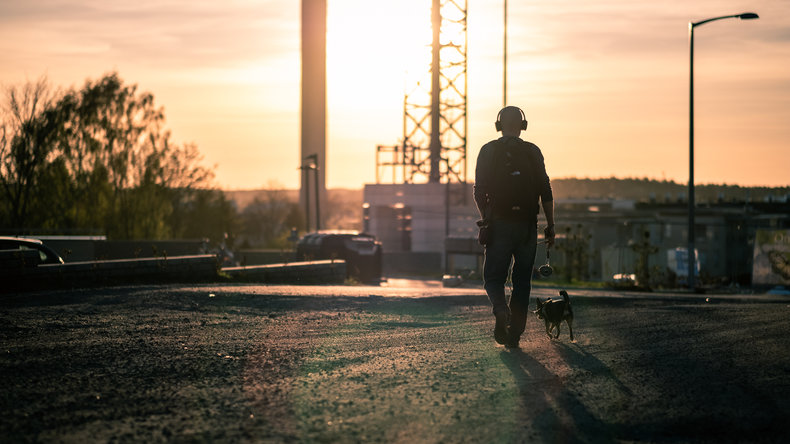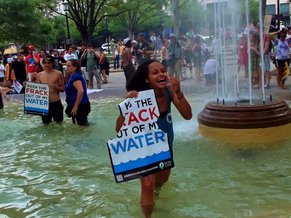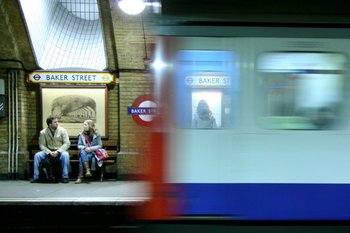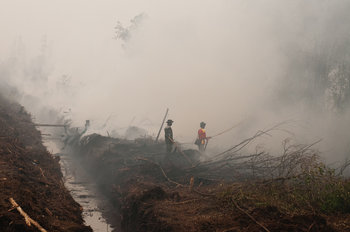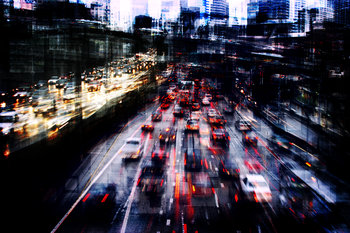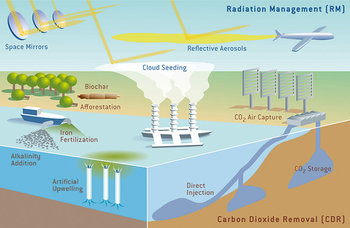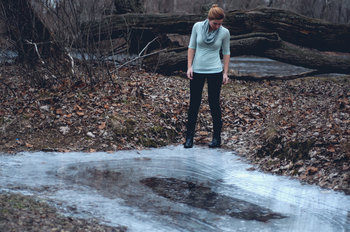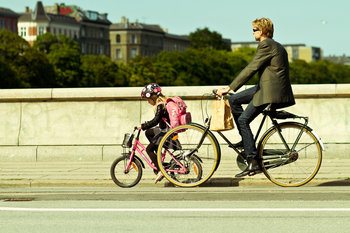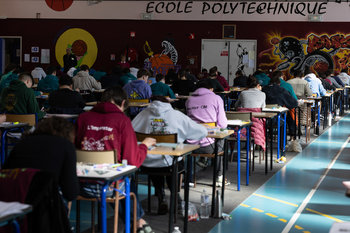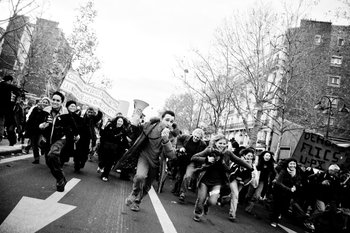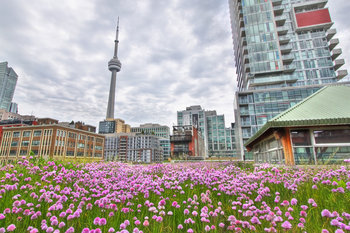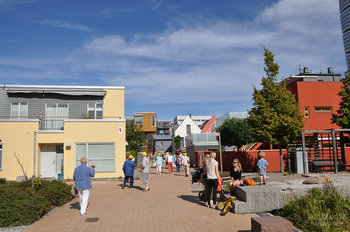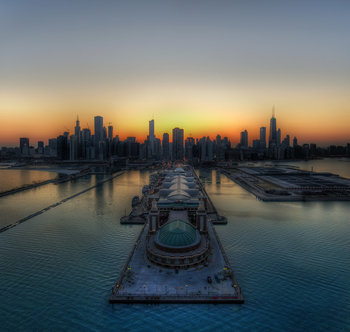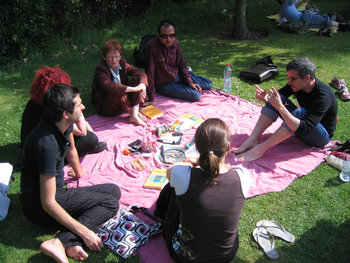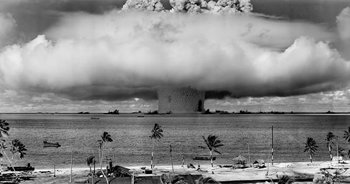|
| |
An urban heat island is the tendency for cities to be hotter than the countryside surrounding them. This is primarily due to the surfaces found in cities such as pavement. Urban heat islands reduce quality of life, pose health risks and result in increased energy usage to cool buildings. This results in a negative feedback loop as waste heat from air conditioning contributes to urban heat islands.
The best known solution to urban heat islands are green spaces such as parks, gardens, tree lined trees, green roofs and green walls. Water systems such as open air rivers, streams, canals, ponds, lakes and rain gardens are also thought to moderate urban heat.|
Type | | Definition | The tendency for cities to hotter than the surrounding countryside. | Contributing Factors | Surfaces such as pavementWaste heat | Mitigating Factors | Green spaceOpen air waterways | Notes | Not all cities have an clearly defined urban heat island. | Related Concepts | |
Sustainability
This is the complete list of articles we have written about sustainability.
If you enjoyed this page, please consider bookmarking Simplicable.
© 2010-2023 Simplicable. All Rights Reserved. Reproduction of materials found on this site, in any form, without explicit permission is prohibited.
View credits & copyrights or citation information for this page.
|
